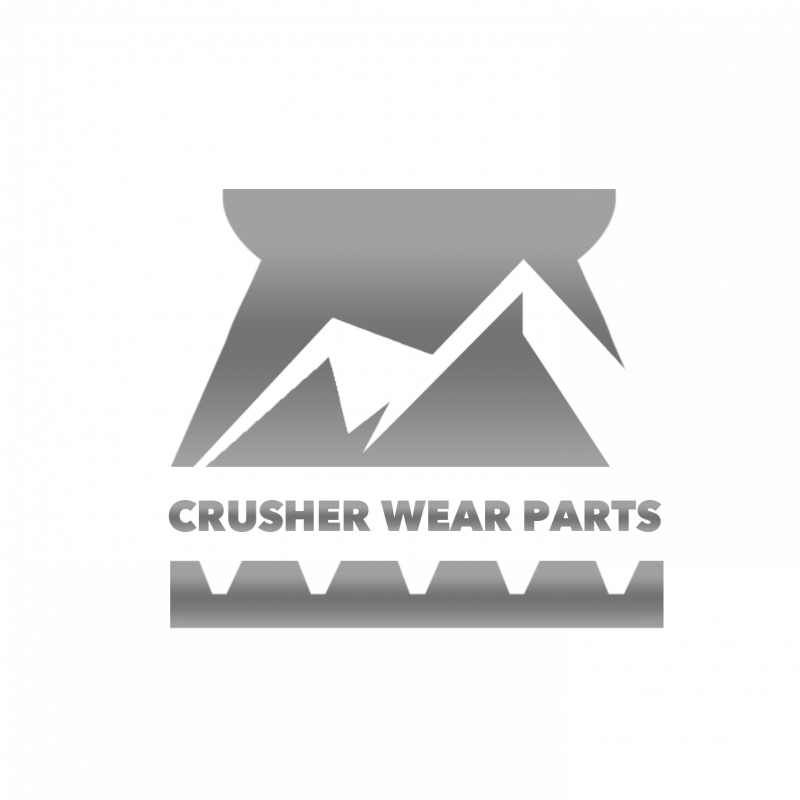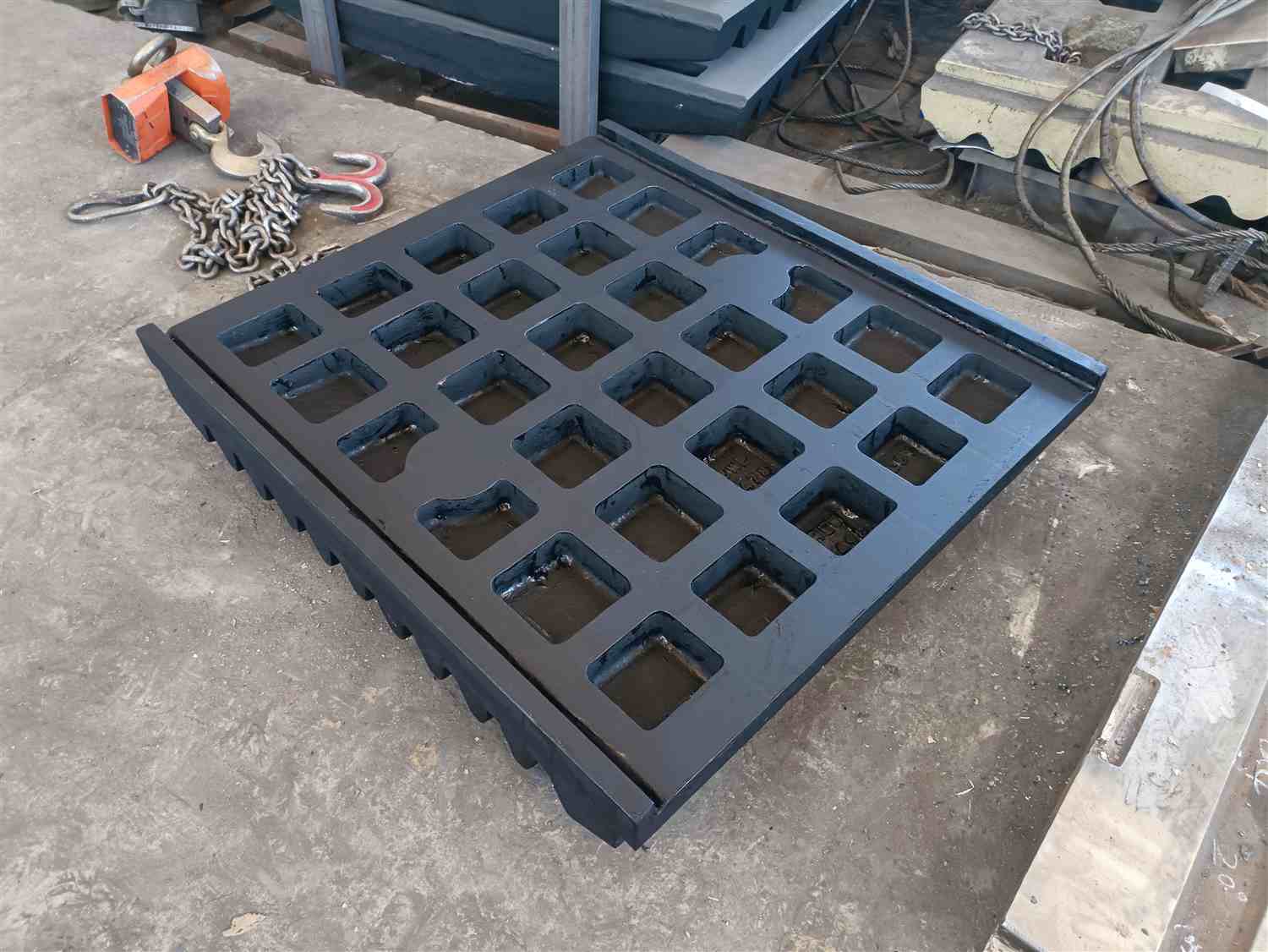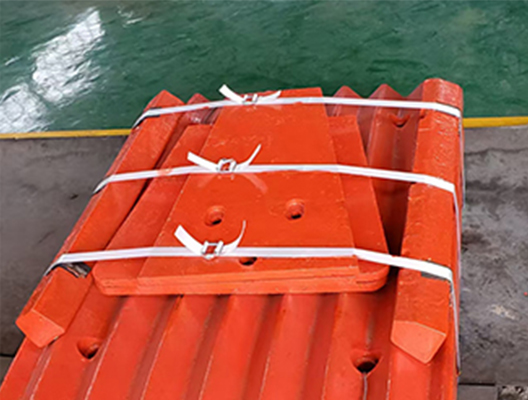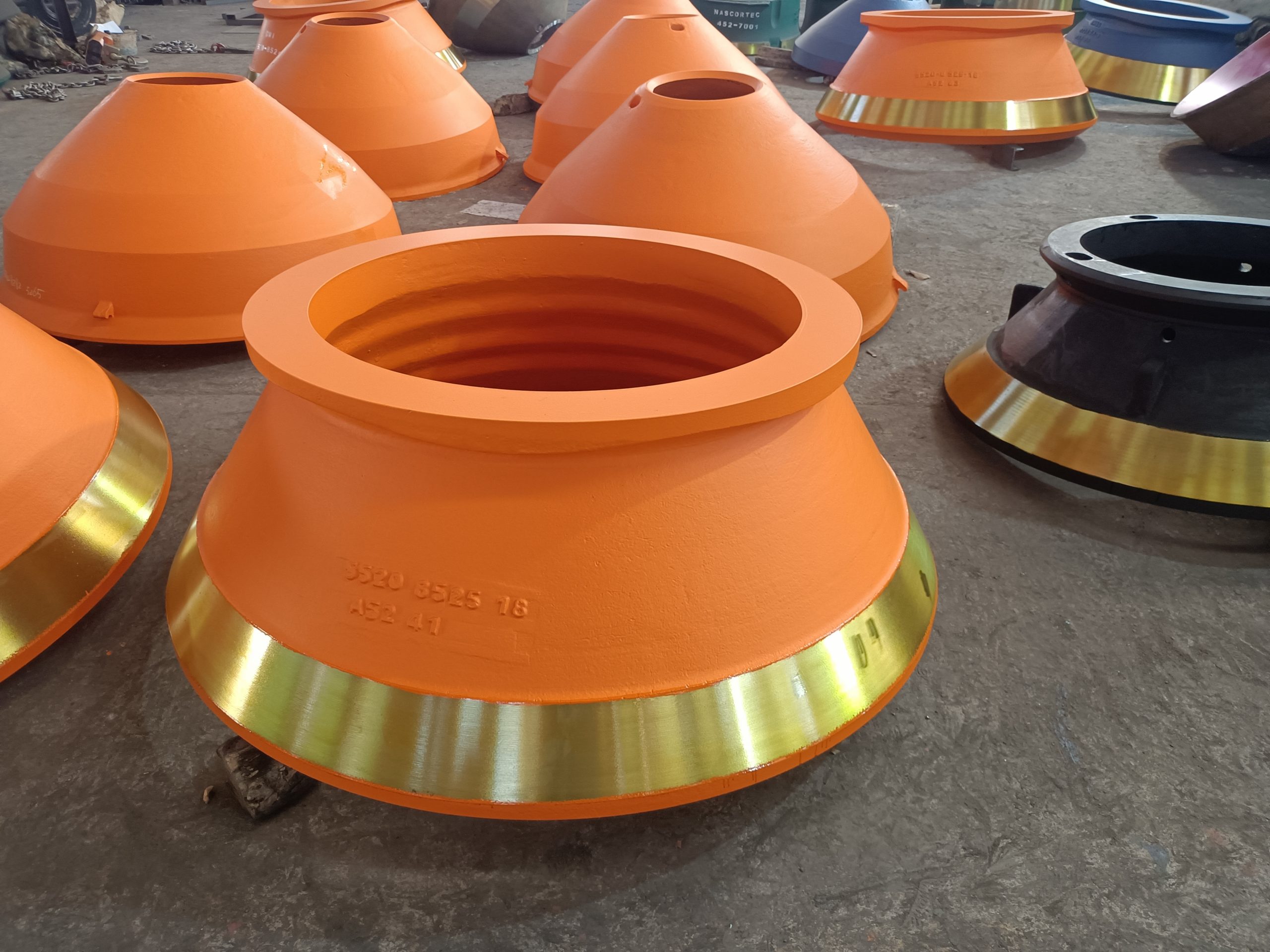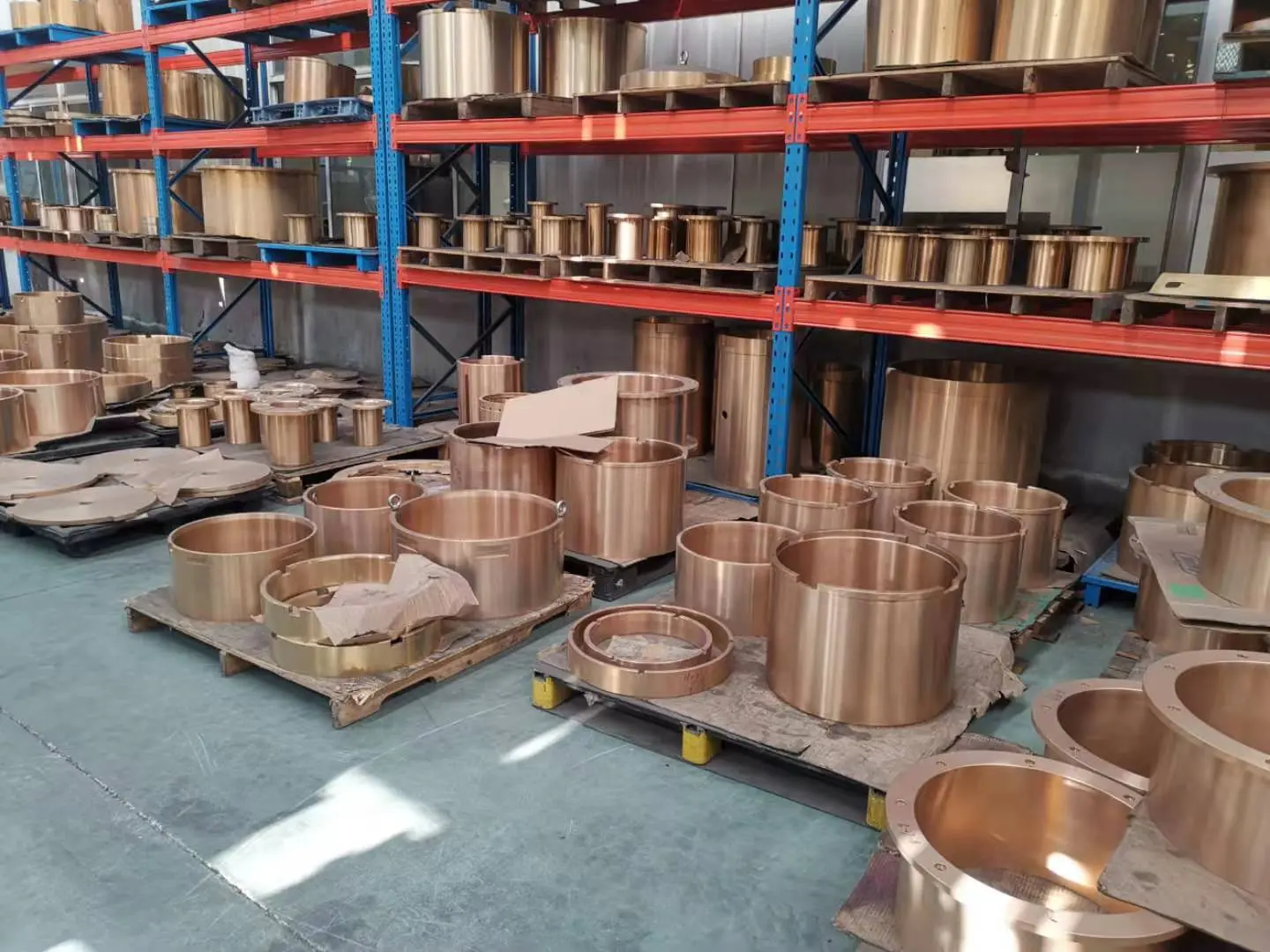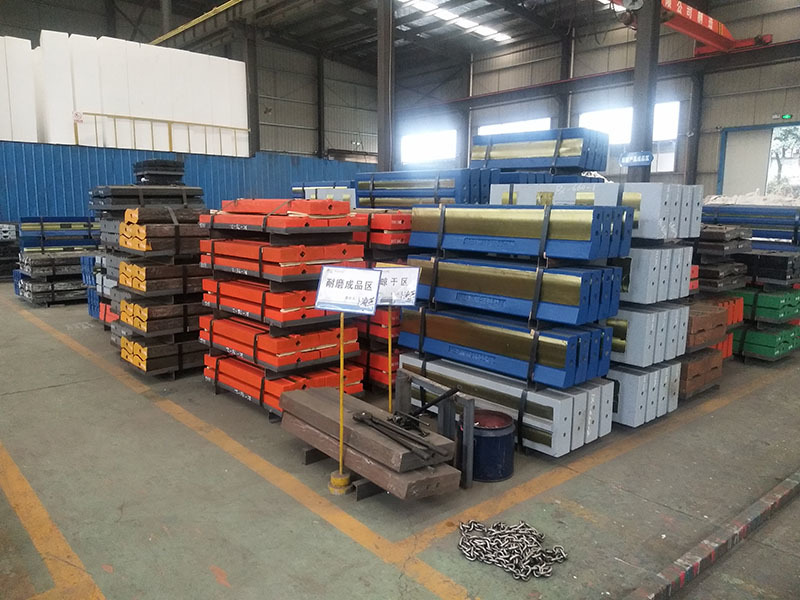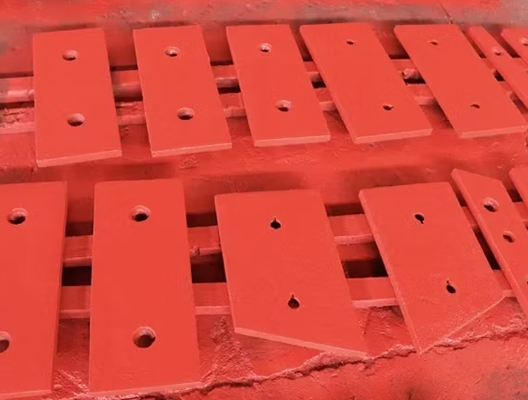Uncategorised
Understanding Crusher Wear Parts
## Extending the Life of Your Crusher: A Comprehensive Guide to Crusher Wear Parts
Crushers are the workhorses of the mining, quarrying, and aggregate industries, tirelessly breaking down raw materials into manageable sizes. Their continuous operation, however, comes at a cost: wear and tear. Regular maintenance and timely replacement of crusher wear parts are crucial for maintaining productivity, minimizing downtime, and controlling operational costs. This article delves into the world of crusher wear parts, exploring their types, functions, and the importance of selecting the right parts for various crusher types.
Crusher wear parts are components designed to withstand the extreme forces and abrasive conditions inside a crusher. They are subjected to constant impact, compression, and friction, leading to inevitable wear and tear. Choosing high-quality, application-specific wear parts is essential for maximizing crusher efficiency and longevity.
Key Crusher Wear Parts:
Fixed Jaw Plate & Swing Jaw Plate (Jaw Crusher):
These plates form the crushing chamber within a jaw crusher. The fixed jaw remains stationary, while the swing jaw moves back and forth, crushing the material against the fixed jaw. These plates are typically made of manganese steel for high impact and abrasion resistance.
Side Plate (Jaw Crusher):
Side plates protect the crusher’s main body from wear caused by the processed material and act as a cheek to contain the material within the crushing chamber. They are also generally made of manganese steel.
Mantle & Bowl Liner (Cone Crusher):
The mantle is the rotating inner component of a cone crusher, while the bowl liner is the stationary outer component. These parts work together to crush the material by applying compressive force. The material selection for these components depends on the application and the material being crushed, ranging from manganese steel for coarser crushing to specialized alloys for finer crushing.
Mantle & Concave (Gyratory Crusher):
Similar to the cone crusher, the gyratory crusher utilizes a mantle (inner, rotating cone) and a concave (outer, stationary shell) to crush material. These components experience extreme wear and tear and are often made of high-strength manganese steel or other wear-resistant alloys.
Blow Bar (Impact Crusher):
Blow bars are the primary wear parts in impact crushers. They are attached to the rotor and impact the feed material, throwing it against the breaker plates (another wear part) to achieve further size reduction. Blow bars come in various shapes and materials, including high-chrome iron and martensitic steels, depending on the application and desired product size.
Types of Crushers and Their Associated Wear Parts:
Jaw Crusher:
Primarily used for primary crushing, jaw crushers utilize compression to break down large materials. Key wear parts include fixed jaw plates, swing jaw plates, and side plates.
Cone Crusher:
Typically used for secondary and tertiary crushing, cone crushers employ a rotating mantle within a stationary bowl liner to crush material. The key wear parts are the mantle and bowl liner.
Impact Crusher:
Impact crushers utilize impact force to break down material. They are commonly used for secondary and tertiary crushing applications where a more cubical product is desired. The main wear parts are blow bars and breaker plates.
Gyratory Crusher:
Similar in operation to cone crushers, gyratory crushers are typically larger and used for primary crushing of extremely hard materials. The key wear parts are the mantle and concave.
Choosing the Right Crusher Wear Parts:
Selecting the appropriate wear parts is crucial for optimal crusher performance and longevity. Several factors influence the selection process:
Material Being Crushed:
The abrasiveness and hardness of the material significantly impact wear rates. Harder materials require wear parts made from more durable alloys.
Application:
Primary, secondary, or tertiary crushing applications have different requirements for wear parts. Primary crushing requires parts that can withstand high impact forces, while finer crushing stages may necessitate parts with specialized wear resistance properties.
Crusher Type and Design:
Different crusher designs have specific wear part requirements. Matching the correct parts to the crusher ensures proper fit and function.
Operating Conditions:
Factors like moisture content, temperature, and feed rate influence wear rates and should be considered when selecting wear parts.
Cost vs. Lifespan:
While initial cost is a factor, the long-term cost benefits of high-quality, long-lasting wear parts often outweigh the initial investment.
Extending the Lifespan of Crusher Wear Parts:
Several strategies can help maximize the lifespan of crusher wear parts:
Proper Installation:
Correct installation is crucial for preventing premature wear. Ensure that all parts are fitted correctly and securely.
Regular Inspection:
Frequent inspections can identify wear patterns and potential problems before they escalate, allowing for timely maintenance and replacement.
Material Selection:
Choosing the right material for the application is paramount. Consider factors like abrasiveness, impact resistance, and cost.
Crusher Settings:
Proper crusher settings optimize performance and minimize wear. Adjust settings based on the material being crushed and the desired product size.
Preventive Maintenance:
Regular maintenance, including lubrication and cleaning, can significantly extend the life of crusher wear parts.
Conclusion:
Crusher wear parts are essential components that significantly impact the efficiency, productivity, and profitability of crushing operations. Understanding the different types of wear parts, their functions, and the factors influencing their selection is crucial for making informed decisions that optimize crusher performance and minimize downtime. By investing in high-quality wear parts and implementing proper maintenance practices, operators can ensure the long-term reliability and efficiency of their crushing equipment. Regularly consulting with wear parts specialists and manufacturers can provide valuable insights and recommendations for selecting the optimal parts for specific applications, contributing to a more efficient and cost-effective crushing process.
